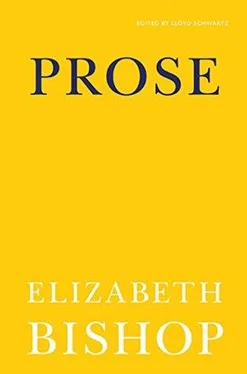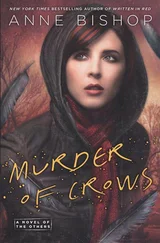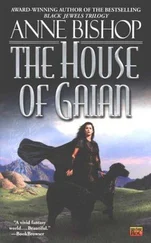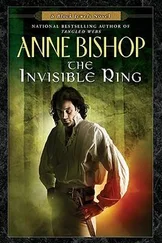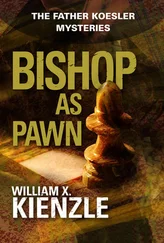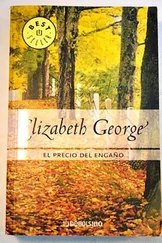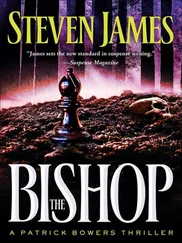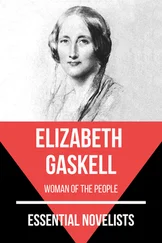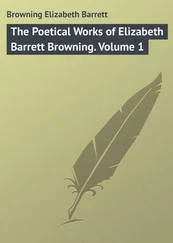Naturally, Emma and I became very close friends. Often her mother came over to argue with Grandpa about Christian Science in the evenings. She was tall, with blue eyes and black hair like her daughter, and very high coloring. She got nowhere with Grandpa of course, who never even went to church, but he loved to argue with her and would pretend to give in on certain points just to be able to point his cigar at her and demolish her logic. All this I understood, like Beppo, by tone of voice rather than by words, but I listened and listened while pretending to play cards and to read the Literary Digest myself.
Outside their house the Bartons had a catalpa tree. I don’t know why this tree, or perhaps its name, fascinated me. I rather disliked its big hanging pale green leaves and those long beans, but every day Emma or I would say, “After lunch we’ll meet under the catalpa tree.” Once we had a fight, I don’t remember what about. I pulled her shiny black hair, and she screamed. Agnes came running from our house and Emma’s mother’s maid from theirs, and they pulled us apart and we were not allowed to play together for three days.
* * *
At school the teacher’s name was actually Miss Woodhead. She had bright red hair and was very pretty. We loved her so much we didn’t even make fun of her name. We sat in alternate rows of boys and girls, and began every morning by singing “Good morning to you, good morning to you,” bowing to either side. At my left sat a beautiful boy named Royal Something. His name made him doubly attractive to me, stuffed as I was with the English royal family, although I realized he wasn’t really royal. He had dark eyes and shiny dark brown hair cut rather long. At the end of the day we helped each other on with our coats and once, when he helped me buckle my arctics, as I looked at his long shiny hair, neat starched collar, and red necktie, I felt a wonderful, powerful thrill go through my stomach.
I did stay on at school through Thanksgiving, I suppose, because there was the business of the Pilgrim Fathers. Miss Woodhead made a model of “The Landing of the Pilgrims” on a large tabletop. The Rock was the only real thing. Miss Woodhead made the ocean in a spectacular way: she took large sheets of bright blue paper, crumpled them up, and stretched them out over the table. Then, with the blackboard chalk, she made glaring whitecaps of all the points: an ocean grew right before our eyes. There were some little ships, some doll people, and we also helped make log cabins. (Twenty years later I learned the Pilgrim Fathers had no log cabins when they landed.) But I felt closely related to them all: “Land where my father died / Land of the pilgrims’ pride” —for a long time I took the first line personally. Miss Woodhead asked us to bring anything we had at home to contribute to Plymouth and Thanksgiving, and in my conceit I said (to the wonder and admiration of the class, I hoped) that we had some real little trees, just the right size, with snow on them. So I contributed four trees from the toy village my grandparents let me play with, and from then on the village was half deforested when set up at home.
* * *
Whenever I could, I explored the house like a cat. It was an old colonial pre-Revolutionary house, but wings had been added and porches built on with no regard for period style. The front room was rarely used. Once in a while Grandma entertained a friend there in the afternoon. Yet it was my favorite. This was before the days when people were conscious of preserving the character of old houses. Perhaps because this room was so little used, it had been preserved by accident. The antique furniture was upholstered in gray blue, the walls were papered, and it all went together. There were even some paintings I now realize were primitives, in gold frames on the walls, done by an ancestress. It was a quiet room, and I could sit on the carpet there undisturbed and think. On both porches the floors were set with thick green panes of glass, frosted over and scratched, I suppose to give light to the cellar underneath. To me they were as beautiful as slabs of jade or malachite. Grandma’s sitting room on the front, with a fireplace and bay windows onto the lawn, was called the “sewing room,” but I never saw Grandma sew. In the dining room I studied each and every plate and cup on display in two glass cases, and the silver on the sideboard.
In the wing at the back, the largest room had once held a billiard table when the sons were alive; now it was used as a living room, but it was always referred to as the “billiard room.” It had layers and layers of curtains, the innermost of brickish red velvet. The Oriental carpet was a slightly lighter red. In the middle there was a large square table with a lamp on it, and layers of magazines were laid out on the front. There were some black leather sofas and armchairs. At the back was an enormous rubber plant in a gigantic brass pot; Grandma was quite proud of it. There was an upright piano, a fireplace with magnificent brass fenders and fire tongs, and high on the mantel was a tiny pair of top boots that had belonged to my father.
In the evenings Grandpa sat in the billiard room in a leather chair, smoking cigars and reading the newspapers. He smoked thirteen or fourteen cigars a day and the room reeked of them. Occasionally, to my delight, he varied the cigars by smoking a long church-warden pipe. There was a rack of pipes on the wall at his side, and a plaster plaque of Dante’s head. I sat under the big table, and pretended it was a ship, wheezing slightly. One of the table’s large bulging legs became a sturdy mast. (I had once been taken aboard a docked sailing vessel, to my intense delight.) Grandma read the Literary Digest under the red lamp; then she played solitaire.
In the library there were some bookcases filled with dark leatherbound books, but I was the only one who ever used it. After two months or so of my sojourn, I got up my courage and slid open the glass doors. The carpet was a deep rich blue. There was a mahogany desk in the middle of the room, with a brass desk set and a paperweight in the form of three lifelike bronze cigars. It was heavy, but I picked it up many times and found it smelled of metal, not cigars.
I frequently had indirect questions aimed at me, like “Wouldn’t some little girl like to take piano lessons?” So Miss Darling arrived. I was supposed to practice fifteen minutes at a time. The staves were enormous and I wrote notes in them as large as watermelons. I couldn’t touch the pedals, of course. But how I loved the sound of the wide yellow piano keys!
* * *
The War was on. In school at recess we were marched into the central hall, class by class, to the music of an upright piano, a clumping march that has haunted me all my life and I have never yet placed. There we pledged allegiance to the flag and sang war songs: “Joan of Arc, they are ca-alllll-ing you.” I hated the songs, and most of all I hated saluting the flag. I would have refused if I had dared. In my Canadian schooling the year before, we had started every day with “God Save the King” and “The Maple Leaf Forever.” Now I felt like a traitor. I wanted us to win the War, of course, but I didn’t want to be an American. When I went home to lunch, I said so. Grandma was horrified; she almost wept. Shortly after, I was presented with a white card with an American flag in color at the top. All the stanzas of “Oh, say, can you see” were printed on it in dark blue letters. Every day I sat at Grandma’s feet and attempted to recite this endless poem. We didn’t sing because she couldn’t stay in tune, she said. Most of the words made no sense at all. “ Between his loved home and the war’s desolation ” made me think of my dead father, and conjured up strange pictures in my mind.
Читать дальше
